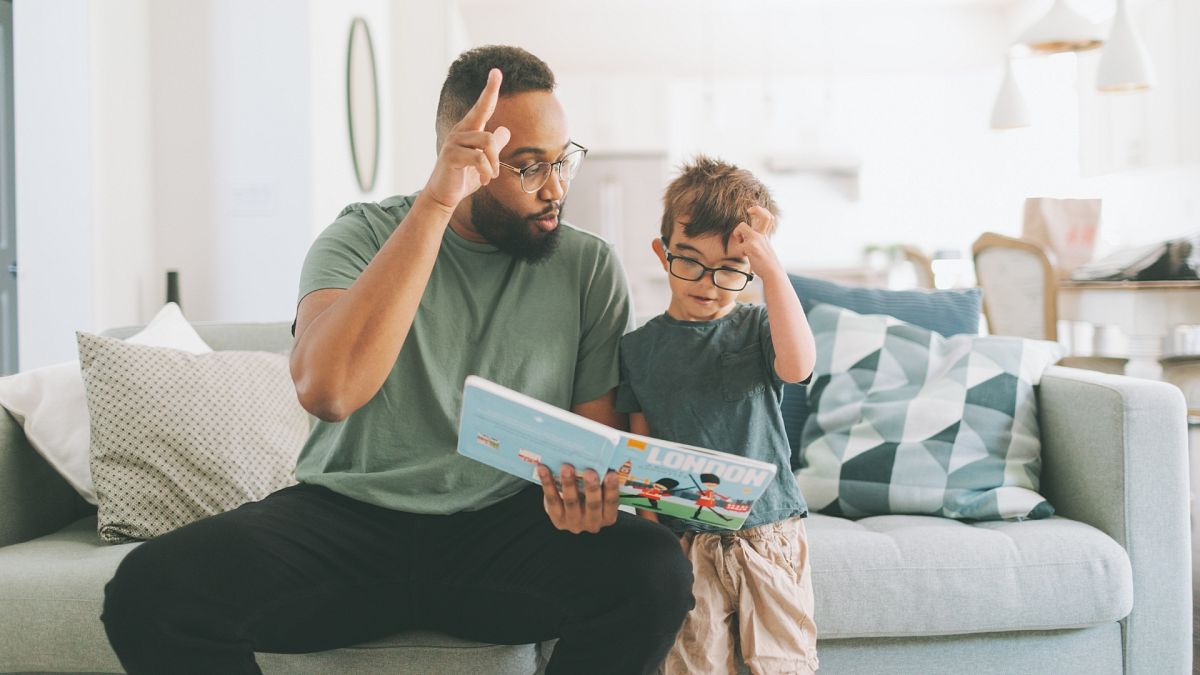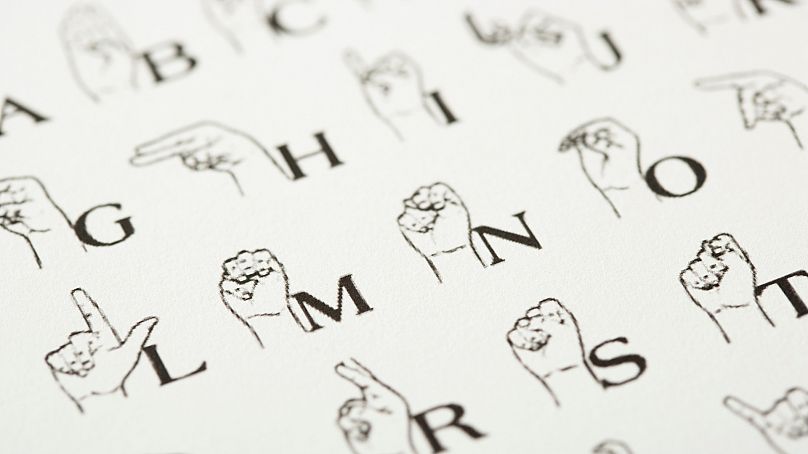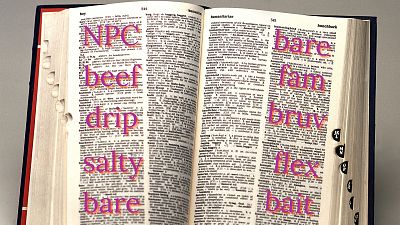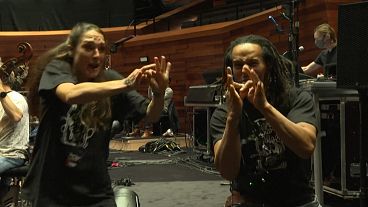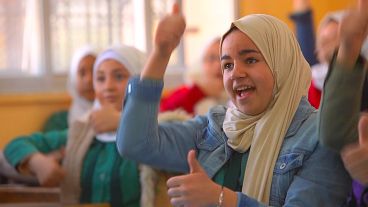Students in England will soon be able to learn British Sign Language in schools
Starting from the beginning of the 2025-2026 school year, a British Sign Language (BSL) class will be available to GCSE students (aged 15-16).
The two-year BSL curriculum will include at least 750 signs and will be inclusive to students without any prior knowledge of the language. By the end of the course, successful students should be able to communicate effectively in BSL.
The course will also teach students the history of BSL, the significance of sign languages and how the language itself was formed.
Including BSL into the English GCSE curriculum is a huge boost to campaigners trying to grow the use of the language beyond the Deaf community and into the mainstream.
Schools are already able to teach BSL as part of the curriculum, but the inclusion of the language as part of the GCSE programme that all students are mandated to study is hoped to “encourage more schools to teach the subject more widely,” says the Department of Education.
Adding the BSL GCSE is due to the campaigning work of student Daniel Jillings. The now-17-year-old has been working to get the qualification added since he was 12.
Jillings is Deaf and was born without a cochlear, meaning it isn’t possible to fit him with a cochlear implant. He campaigned for the UK government to add a BSL GCSE alongside the large list of foreign language GCSEs. In his CrowdJustice funding page, made in 2018, he questioned whether the language’s exclusion front the nation’s GCSE curriculum amounted to unlawful discrimination.
Jillings has since been the subject of a documentary and spoken in BSL to more than 20 MPs. Following his campaigning, the UK government began preparations for a BSL GCSE in 2019, but it has taken until now to be fully finalised.
Around 87,000 people in the UK are Deaf, according to the British Deaf Association, with a total of around 151,000 people in the country using BSL.
Sign languages from different countries are not mutually intelligible, with each language differing in common with the nation’s mother tongues. In many European countries, there are more than one sign language in use per country. In Spain, for example, there is Spanish Sign Language used in the majority of the centre of Iberian peninsula. But there are also distinct sign languages for the Catalan, Valencian, Galician and Basque regions.
As sign languages don’t conform to the same grammatical rules of their country’s spoken languages, it also means they can share unique similarities. For example, the French Sign Languages have more in common with American Sign Languages, than BSL has with its American counterpart.
